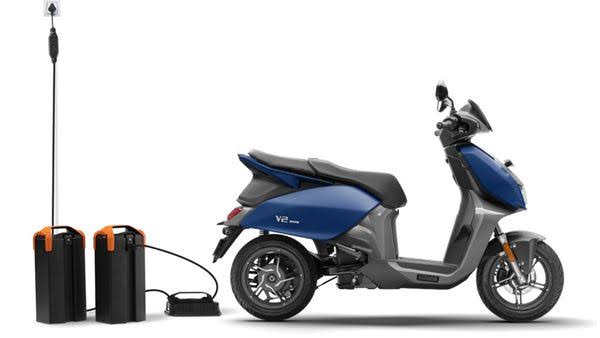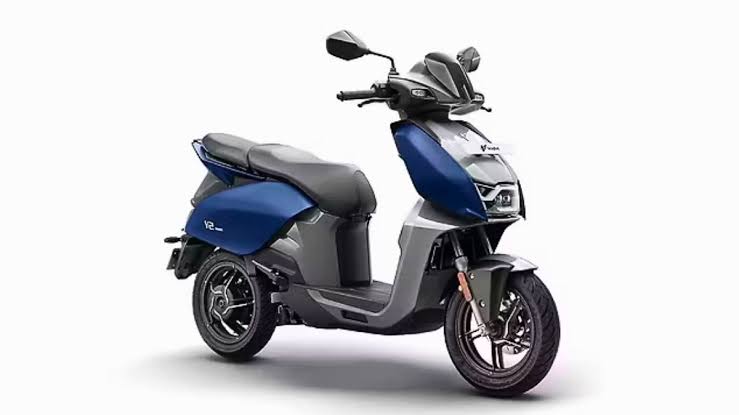Hero MotoCorp’s electric vehicle venture, Vida, is set to redefine accessibility in the Indian EV market with the imminent launch of the Vida VX2. Scheduled to debut on July 1, 2025, the VX2 represents a strategic pivot for Vida, moving beyond the premium positioning of its V1 series to target the high-volume, budget-conscious commuter segment.
The Vida V1 Pro and V1 Plus laid the groundwork for Hero MotoCorp’s entry into electric two-wheelers, showcasing advanced features like removable batteries and a comprehensive digital experience. However, recognizing the critical role of affordability in India’s diverse market, the VX2 aims to make electric ownership a tangible reality for a broader audience.
Key Innovations and Specifications of the Vida VX2
The VX2 is not just a new model; it’s a statement of intent, bringing several significant advancements and strategic choices to the fore:
* Battery-as-a-Service (BaaS) Model: A groundbreaking move for Vida, the VX2 will introduce a subscription-based Battery-as-a-Service (BaaS) model. This innovative approach aims to dramatically lower the initial purchase price of the scooter by separating the cost of the battery. Consumers will effectively pay for battery usage on a flexible, “pay-as-you-go” basis, removing a major financial barrier to EV adoption. Details on subscription tiers and pricing will be revealed on launch day.
* Targeted Affordability and Design: While the V1 series focused on a sleek, futuristic aesthetic, the VX2 adopts a more conventional and family-friendly design. Spy shots and teasers indicate a simpler, yet refined silhouette, likely featuring a flat, single-piece seat for enhanced practicality and comfort. This design philosophy, combined with simplified features, underscores its mass-market appeal.

* Optimized Powertrain and Battery: The VX2 is expected to share its core platform, motor, and electrical components with the existing V2 series, optimizing manufacturing costs. It will likely offer two battery options: a 2.2 kWh and a 3.4 kWh pack. While the lower variant might feature a single removable battery, the larger pack could incorporate dual units for extended range. This modular approach allows Vida to cater to different range requirements and price points. The expected range is around 90-100 km (claimed IDC), perfect for daily urban commutes.
* Braking System: Recent teasers have confirmed that the Vida VX2 will come equipped with drum brakes on both the front and rear wheels, a cost-effective choice for its target segment.
* Feature Set: To maintain an aggressive price, the VX2 will streamline some features seen on the V1. While a digital display is confirmed, it is expected to be a more compact TFT unit compared to the V1’s larger touchscreen. A traditional physical key slot is also anticipated, moving away from keyless operation to further reduce costs.
Market Positioning and Competition
With an estimated price range of ₹70,000 to ₹1,05,000 (ex-showroom), the Vida VX2 is strategically positioned to directly challenge popular affordable electric scooters in the Indian market. It will go head-to-head with models like the Ola S1 X, Hero Electric Optima, and upcoming budget-friendly offerings from established players like TVS and Bajaj.
Hero MotoCorp’s robust infrastructure, including over 3,600 fast-charging points across more than 200 cities and a vast service network, will be a significant advantage for the VX2. The “My Vida” app will continue to provide seamless connectivity for charging and other services.
The Vida VX2’s launch on July 1, 2025, marks a pivotal moment for Hero MotoCorp and the Indian electric vehicle industry. By focusing on accessibility through the innovative BaaS model, practical specifications, and competitive pricing, the VX2 has the potential to be a true game-changer, accelerating the adoption of electric scooters across the nation. All eyes will be on Vida’s official announcement for the full specifications and pricing details.
